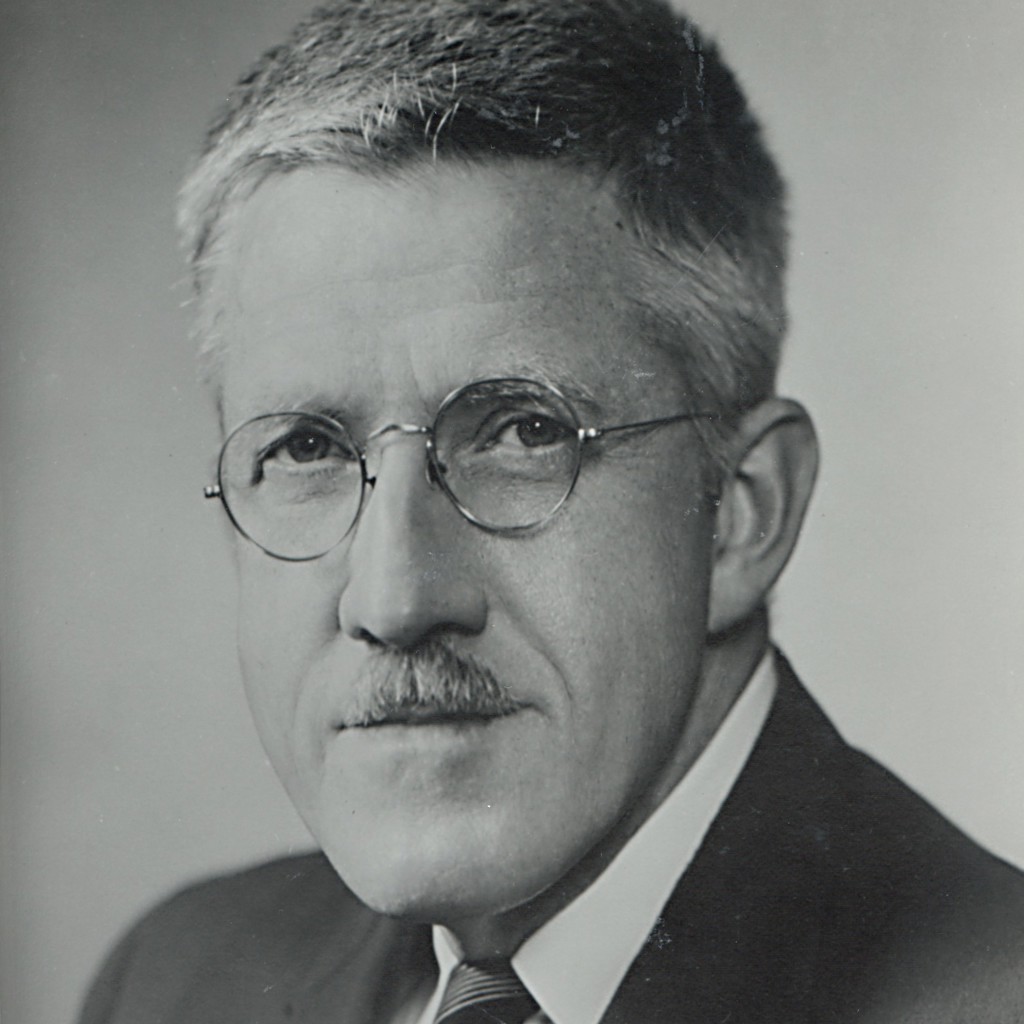John D. Strong
John D. Strong

Astrophysicist and inventor John Donovan Strong was born in Lawrence, Kansas in 1905, received his B.A from the University of Kansas in 1926, his M.S. from the University of Michigan in 1928, and his Ph.D. from the same school in 1930.
For the next 12 years, Strong taught and did research at California Institute of Technology. During this time he developed a method for evaporating aluminum directly onto optical mirrors, a significant advance in the analysis of ultra-violet light in space.
In 1942, Strong began work as a fellow at Harvard University where he pioneered in the development and construction of telescoping devices used in infrared spectroscopy. After the war Strong became director of the Astrophysical and Physical Meteorology Laboratories at Johns Hopkins University. One of the many projects he undertook while at Hopkins involved balloon astronomy for the Office of Naval Research (ONR). This work culminated in Strong’s discovery of water vapor in Venus’ atmosphere.
Strong joined the University of Massachusetts, Amherst as a professor of physics and astronomy in 1967 and served as the head of the laboratory of astrophysics and physical meteorology. He retired in 1981.
Strong published hundreds of papers throughout his career, though he is best known for his standard textbook, Procedures of Experimental Physics, which was central to physics education for many years. He patented numerous inventions for optics in spectroscopy as well as golf (see US Patent no. 3720467).
He earned the Longstreth and Levy Medals from the Franklin Institute and OSA’s Frederic Ives Medal. He was a fellow of the American Academy of Sciences and held several honorary doctorates. He was both a Fellow and Honorary Member of OSA.
Strong died 28 March 1992.
Document Created: 26 July 2023
Last Updated: 18 June 2025
